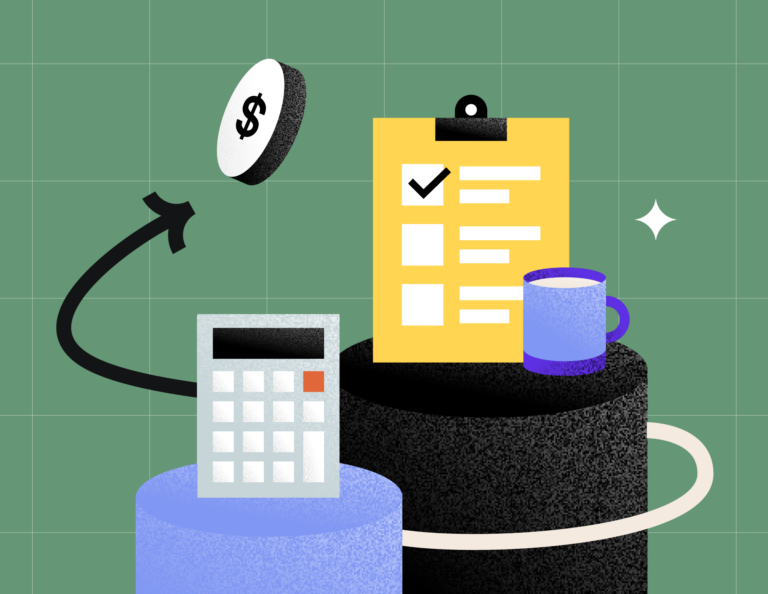For many small business owners, just the thought of tax preparation can seem daunting. However, following these four guidelines will make the whole process much simpler.
1. ORGANIZATION IS KEY
Paperwork is overwhelming for many business owners, so managing it is the best place to start. Here’s what you’ll need:
File Folders: No longer do your files need to be boring, drab or beige. Today, there is a lovely array of colors to choose from, making this task more enjoyable. Try color coordinating your file folders by category: banks, customers, vendors, and tax documents. It may sound silly, but this really does simplify handling all your paperwork.
Receipts: Purchase an expandable, 12-pocket, wallet-sized file folder—this size and shape works perfectly for receipts. It also provides one pocket per month of the year to keep everything in one place.
Consistency: Schedule a specific time and day each week to enter receipts, pay bills, and deposit checks. Then once a month, take the time to reconcile bank and credit card statements. Too often I have found clients that skip this step for months or even years, making the job much more challenging than it needs to be. If record keeping is difficult for you, consider outsourcing these tasks to a knowledgeable bookkeeper.
2. ASK THE RIGHT QUESTIONS
With your day-to-day finances in order let’s move on to gathering the additional information needed to file your taxes correctly. As a financial controller, I have come across a multitude of different scenarios. With this in mind, I’ve compiled a list of important questions to ask yourself when reviewing your books from 2017.
1. Were any business purchases commingled with personal funds?
It is often easy to pay for a business purchase with personal funds, or vice versa. To avoid this issue, I suggest having separate business bank accounts and credit cards.
2. Have all bank accounts been reconciled?
This includes petty cash, checking, savings, credit cards, and loans.
3. Is there any “Bad Debt” that needs to be written off?
Sometimes in business we are unable to collect for services rendered. The customer may have gone bankrupt, moved, or just refused to pay.
4. Have you purchased items online, but the seller did not collect state sales tax?
If so, check your state guidelines. For example, in Minnesota, if purchases total $770 or more, you will need to complete Form UT1.
5. Were any assets sold or purchased during the year?
If so, provide supporting documentation for your tax preparer as this can impact a variety of accounts.
6. Has a personal cell phone been used for business activity?
A portion of the total bill may be taken as a deduction.
7. Does the business own a company vehicle or is your personal vehicle used for business?
Depending on the situation, it may be more advantageous to account for auto expenses instead of mileage, or vice versa.
8. Is there a business office in your home?
A deduction may be in order based on the total square footage used for business. However, when you sell your home, your accountant will need to make an adjustment to account for the “sale” of your business office.
3. WATCH OUT FOR POTENTIAL PROBLEMS
Based on my experience, let’s address a few common dilemmas that entrepreneurs face when cash flow becomes a concern.
Early Retirement Withdrawals: Taxes may be owed on the amount withdrawn, and penalties could be assessed, depending on the type of retirement fund.
Back Taxes: Not filing your taxes can result in penalties and interest on what you owe. So, always file your taxes by the deadlines. If you do owe back taxes, the IRS can garnish wages or seize tax refunds. (But thankfully, they generally work with you to establish a reasonable payment plan.)
Student Loans: Because the government backs these loans, they are unlike other loans. That means that if you are delinquent with payments, the government can seize tax refunds and garnish wages. If money is tight, you may be able to put the loan on hold or reduce the amount paid per month. However, this will increase the length of the loan.
4. STAY ON TOP OF THINGS YEAR-ROUND
When your finances are up to date, you can monitor your budget and track financial goals on a weekly, monthly, and quarterly basis. You will be able to make adjustments as needed, avoid unwanted surprises, and make next year’s tax season a lot less stressful. Just try to remember this powerful little quote from William Mulligan, which has always helped me in business: “A little bit every day.”



